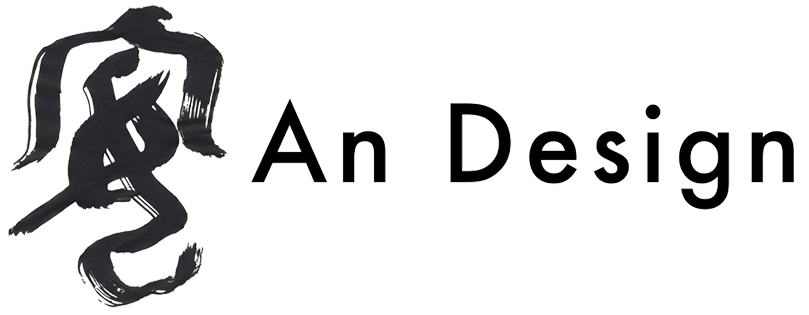As you can see in the photo above, there are many types of Ishidourou that exist in Japan. These peculiar objects are often the subject of intrigue for my guests as I lead them through the gardens. “Is that some sort of shrine?”, “A gravestone?”, are comments I often hear.
Ishidourou is the Japanese word for stone lantern. In the book “Landscape Gardening in Japan”, Josiah Conder explains ishidourou as, “These lanterns are used in combination with rocks, shrubs, trees, fences, and water-basins. It is an imperative rule that they should harmonise in scale and character with the adjacent buildings and with the magnitude and elaboration of the garden.”
In the book “Japanese Garden Design”, Marc Peter Keane writes, “Stone lanterns are often used primarily as sculptural elements, their function as lights relegated to second place. In the past, before electric lighting, lanterns were undoubtedly lit more often than they are today, though even then the light from the lantern was feeble at best and did more to set the mood of a garden, or guide one dimly along a path, then to actually illuminate the garden as a whole.”
Conder adds, “ From early times it has been customary to present lanterns of stone or bronze to Buddhist temples for the purpose of adorning the courts and paved approaches. The grounds of all important shrines and mausolea possess large numbers- sometimes amounting to several thousands- which, in many cases, have been brought from great distances as votive offerings from princes and nobles.”
One of my personal favorites that I see on a regular basis is the lantern shown above, which is on the grounds of Konchi-in. There is also the “Enshiu shape lantern that I think is particularly interesting because of what the shape is inspired by. Josiah Condor describes it as, “ -named after the famous philosopher (Kobori) Enshiu, who is supposed to have invented it…(The shape) is suggestive of the long cranium of Fukurokujiu, one of the Gods of Fortune. There are two forms of this lantern slightly different in shape and style of finish.”






